Many people appear to be aware that having good facial symmetry is a characteristic seen in some famous people and is regarded as a desirable quality to have. Asymmetrical face, particularly cheek asymmetry, is a frequent topic of discussion with me. I’ve discovered that even young people who contact us are concerned about facial asymmetry.
Everyone has some degree of facial asymmetry, including actors and models who appear to have perfectly symmetric features. I’ll detail what causes normal facial asymmetry, when I believe it should be ignored, and when facial asymmetry can benefit from an aesthetic procedure. I treat facial asymmetry with a variety of filler treatments for the lips, cheeks, and chin, as well as surgery such as cosmetic eyelid surgery, and facelift surgery.
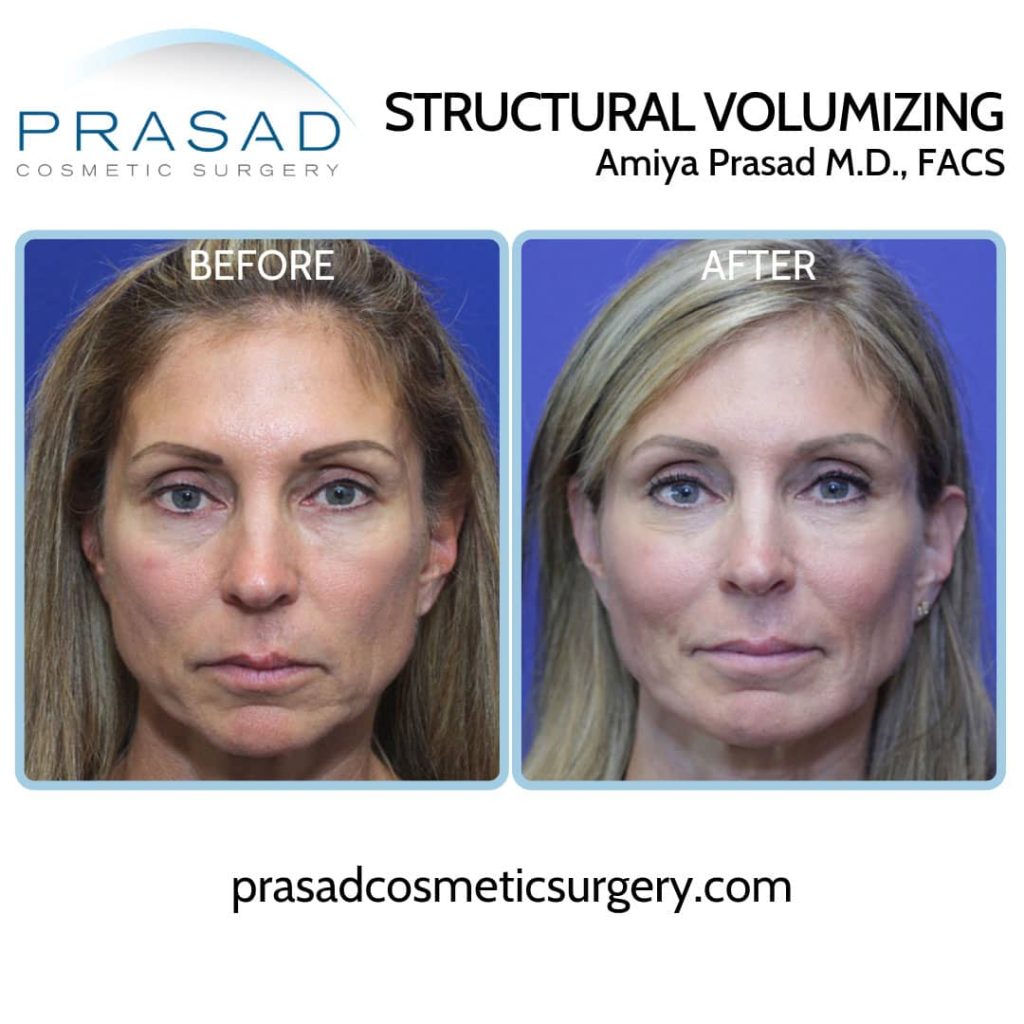
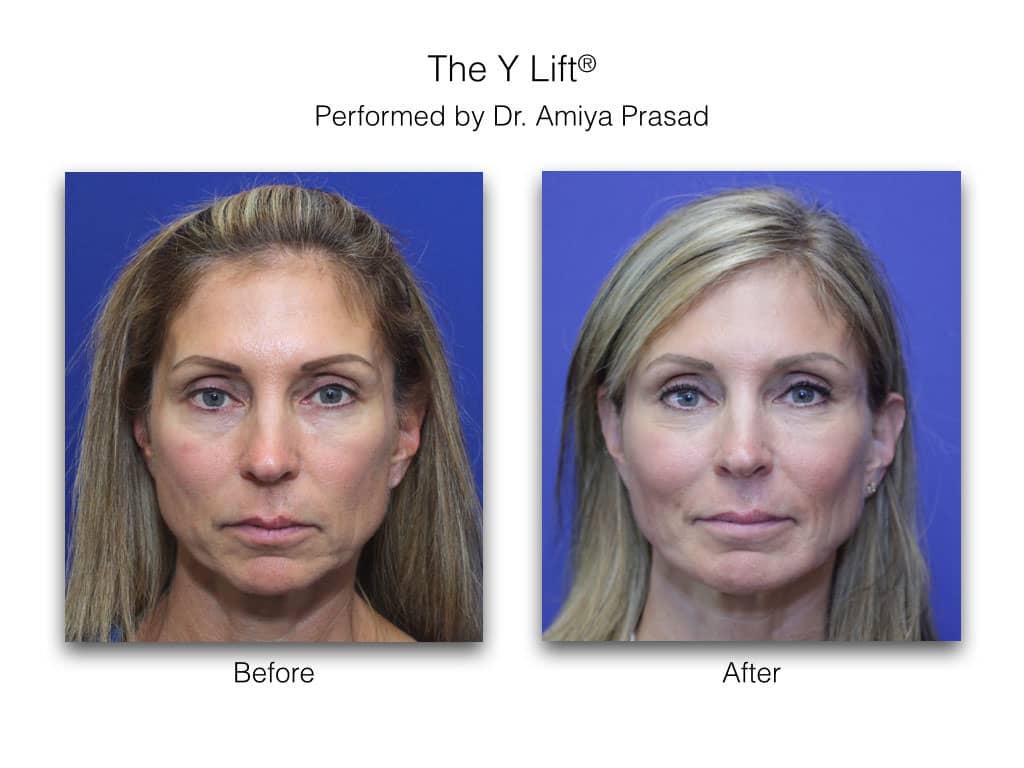
What Causes Facial Asymmetry?
The facial bone structure is primarily responsible for facial asymmetry. The face has two distinct sides that come together in the middle. This normal development of facial bone structure will result in some asymmetry. One cheekbone, for example, may appear to protrude more than the other, or the eyes may be set slightly differently in height or position relative to each other.
Unless they are extremely noticeable, facial asymmetries rarely draw attention. It’s interesting that when people ask about improving facial asymmetry, they often overlook other aspects of their appearance that could have a greater impact on how they look. Many of my patients who work in front of the camera are acutely aware of the subtle differences between their two sides of their faces. Although bone structure cannot be changed with routinely performed cosmetic procedures, enhancements are possible for a better overall appearance.

When there are genetic volume deficiencies, such as one cheek having a noticeable difference in volume and shape when compared to the other, facial asymmetry can be more noticeable. This genetic condition can occur in young people, which is treated on an individual basis. I’d consider these cases only if the volume differences are significant and easily noticed by others. I normally do not treat or recommend treatment for younger people within a normal range of facial asymmetry.
With age, differences in facial symmetry can become more pronounced. We lose facial volume as we age due to loss of mass of bone, muscle, fat, soft tissue, and thinning skin. The most significant volume loss caused by aging is diminishing bone. This volumetric loss is frequently overlooked, with more emphasis placed on the appearance of sagging skin. I consider facial bone and soft tissue volume loss to be a more significant component of facial aging, occurring before excessive skin and soft tissue descent.
Asymmetry in the face can be accentuated by age-related volume loss. This is due to the fact that asymmetrical features are less noticeable in a younger and fuller face. As a result of aging and a greater loss of facial volume, facial asymmetry may appear to be more pronounced. I would surgically place facial implants to increase facial volume. These soft silicone implants are known as malar, and submalar implants for the cheeks, and chin implants for the chin.


How Do You Get a More Symmetrical Face?
Addressing facial volume has become much more convenient, safe, and predictable in recent years, thanks to the introduction of more advanced and longer-lasting hyaluronic acid fillers. For areas such as the cheeks and chin, thicker, longer-lasting hyaluronic acid fillers such as Juvederm Ultra Plus and Juvederm Voluma are appropriate.
Softer fillers are used on the lips and under the eyes. A common complaint is that facial fillers can give the face a doughy appearance, making it look pillowy and bloated. This appearance is most often caused by facial fillers placed at a more superficial level just beneath the skin. Since the fat and soft tissue space into which these fillers are placed lacks the strength and intrinsic structure to support these fillers, they can migrate and create the stereotypical soft and doughy appearance or pillow face from fillers. This more superficial approach to filler placement is used by the majority of injectors.
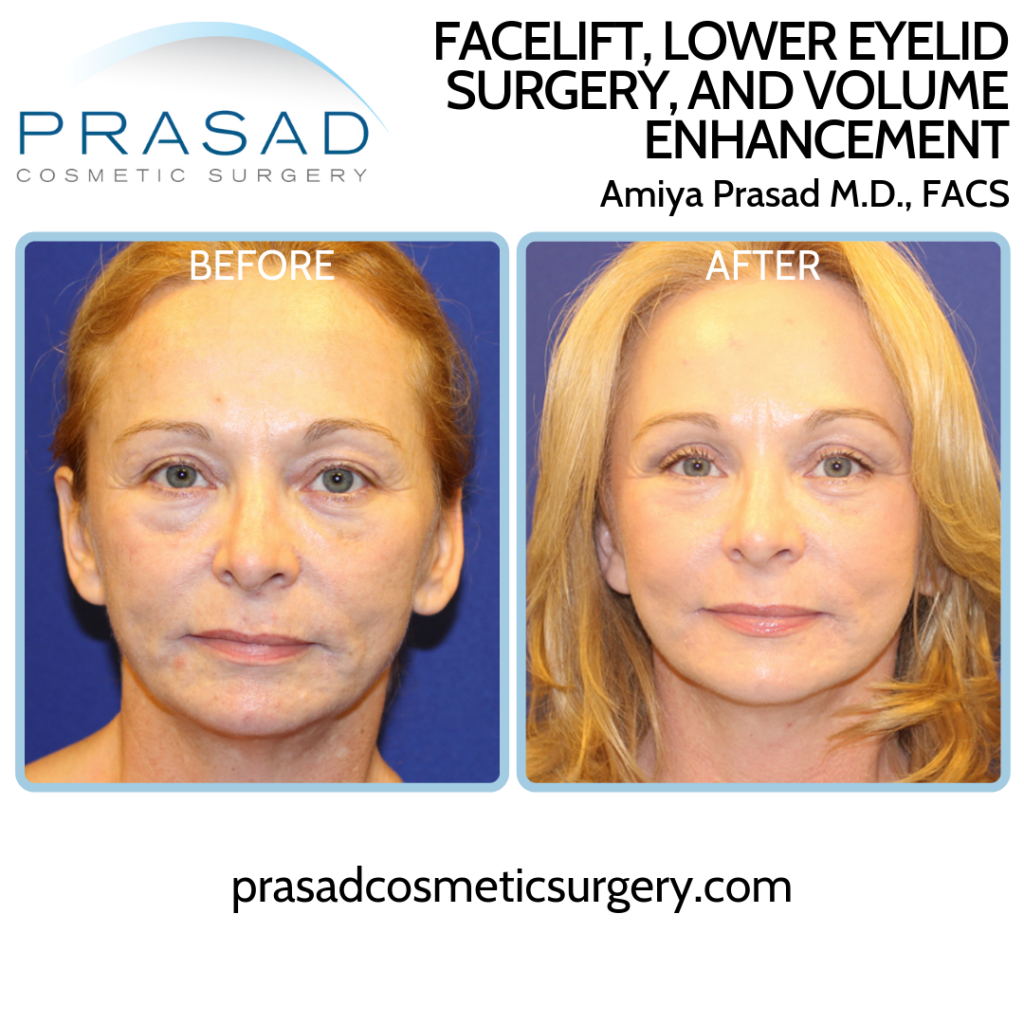
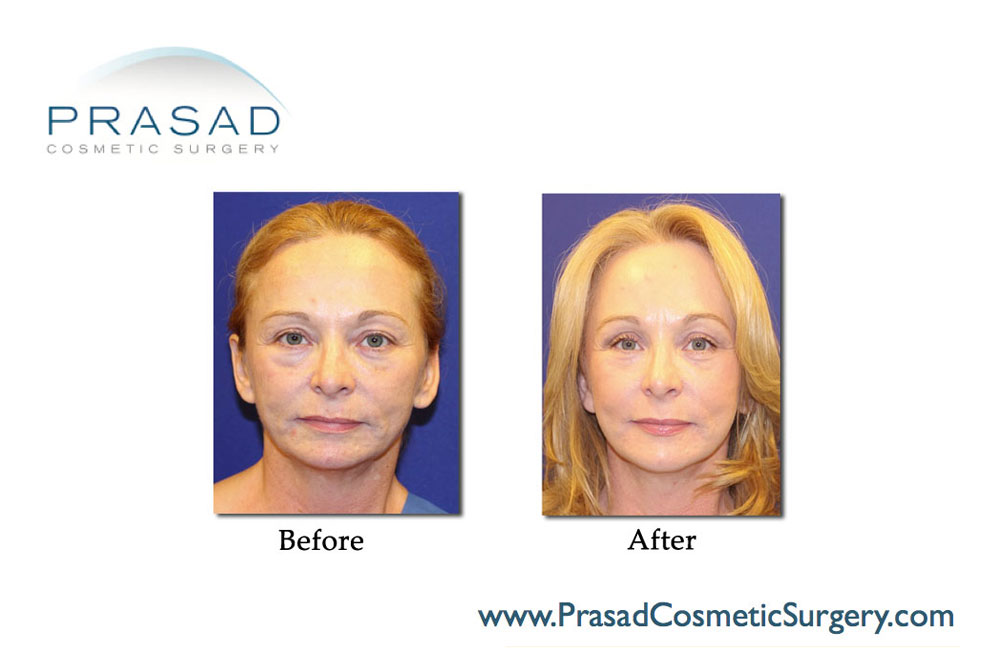
What I do for my patients is use my experience as a facelift and facial implant surgeon is to place these fillers deeper at the bone level, which provides a much stronger foundation for these thicker fillers than the soft tissue space. Filler at the bone level can add structure to the face while improving and restoring facial structure and definition, which we refer to as Structural Volumizing.
I use blunt cannulas instead of needles to place these fillers, allowing me to glide through facial anatomy rather than piercing and tearing tissue with needles. The material is held in place at the bone level by the muscle layer above it, giving you a more natural and defined appearance. Since there is virtually no risk of migration, you can be confident that you will not have a soft or doughy appearance. Even if they believe they are, most doctors and mid-level injectors do not place filler at the bone level.
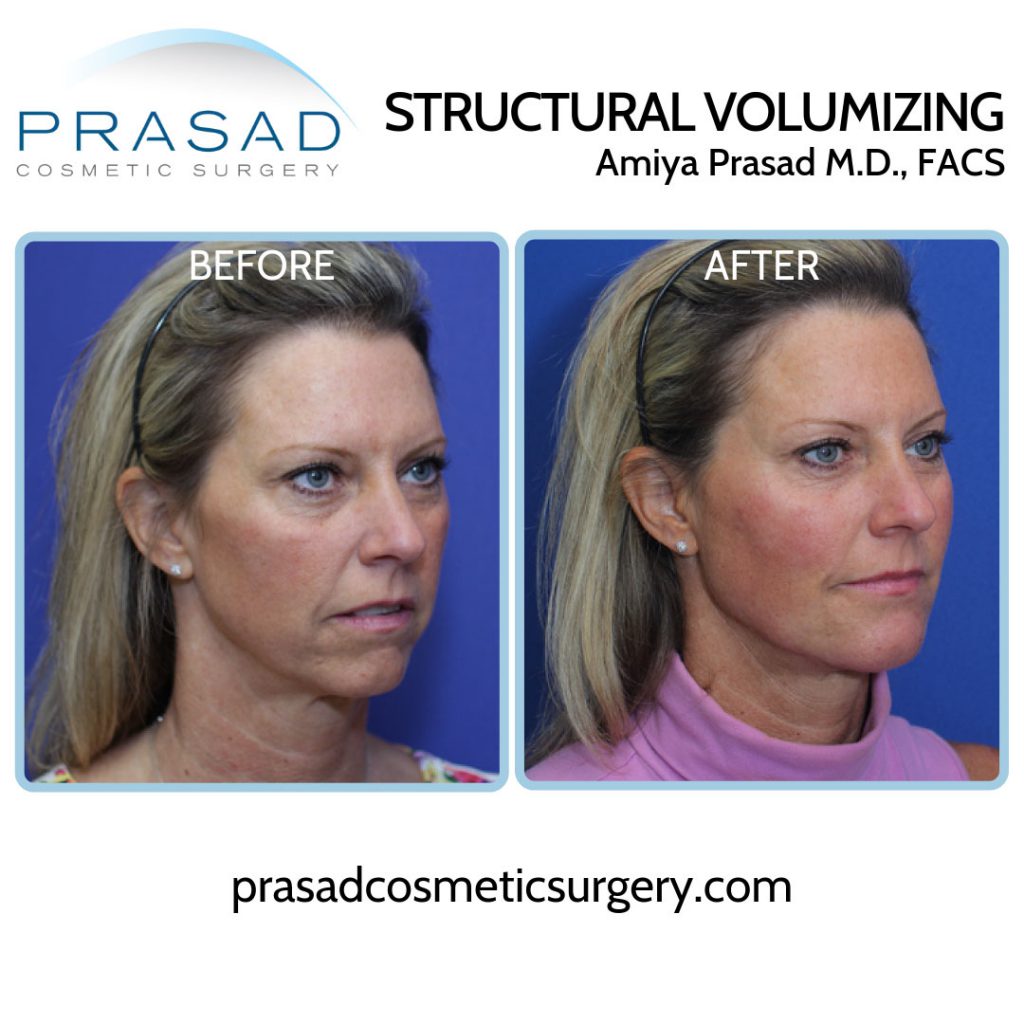

This method I’m describing is highly dependent on technique. There is usually little to no downtime after Structural Volumizing, so patients can look quite nice the next day. I follow up with my facial filler patients about two weeks after the procedure to see how the filler material has settled, and if more filler material is required. I believe that it is always better to be conservative with filler placement at first, then add a little more later if necessary. Another benefit of hyaluronic acid fillers is that they dissolve easily with the enzyme hyaluronidase, making them reversible.
Patients may occasionally request semi-permanent or permanent filler materials. I inform them that these fillers are not reversible, and may necessitate extensive surgery to remove if necessary. I’ve performed this type of surgery on patients from all over the world, so I understand how complicated these permanent fillers can become. Hyaluronic acid, on the other hand, is found naturally in the body and is safely metabolized over time.

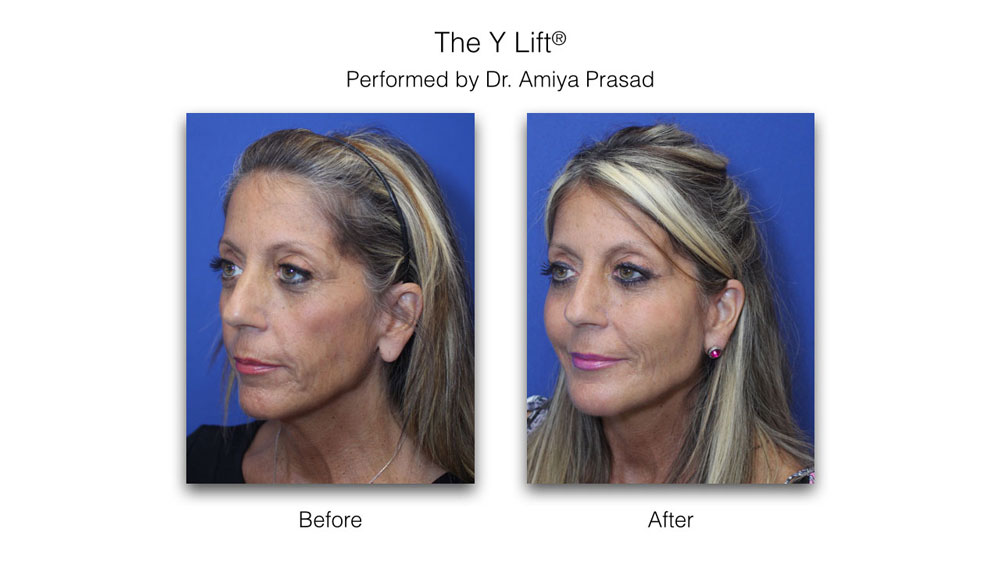
Conclusion
Most cases of facial asymmetry, particularly among younger people, do not require treatment because facial asymmetry is natural and normal, and is usually not detrimental to your overall appearance. I believe that treatment for facial asymmetry is only appropriate when facial balance is disrupted and visible, and when volume deficiency disrupts your natural facial harmony, as is common with facial aging.
